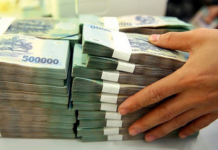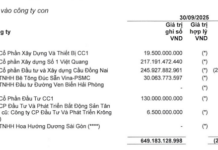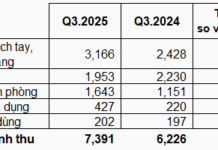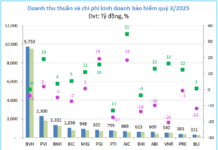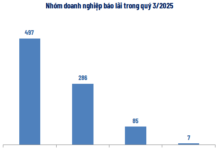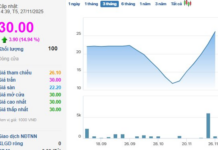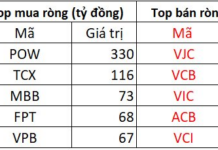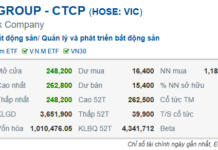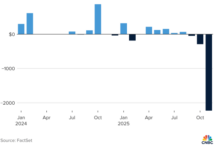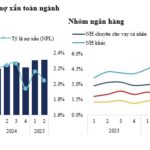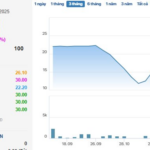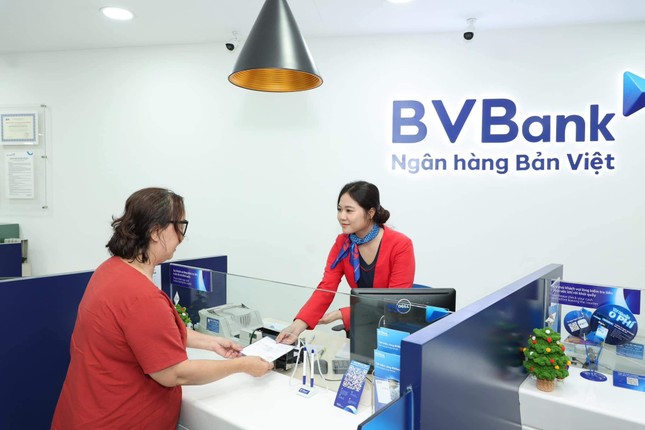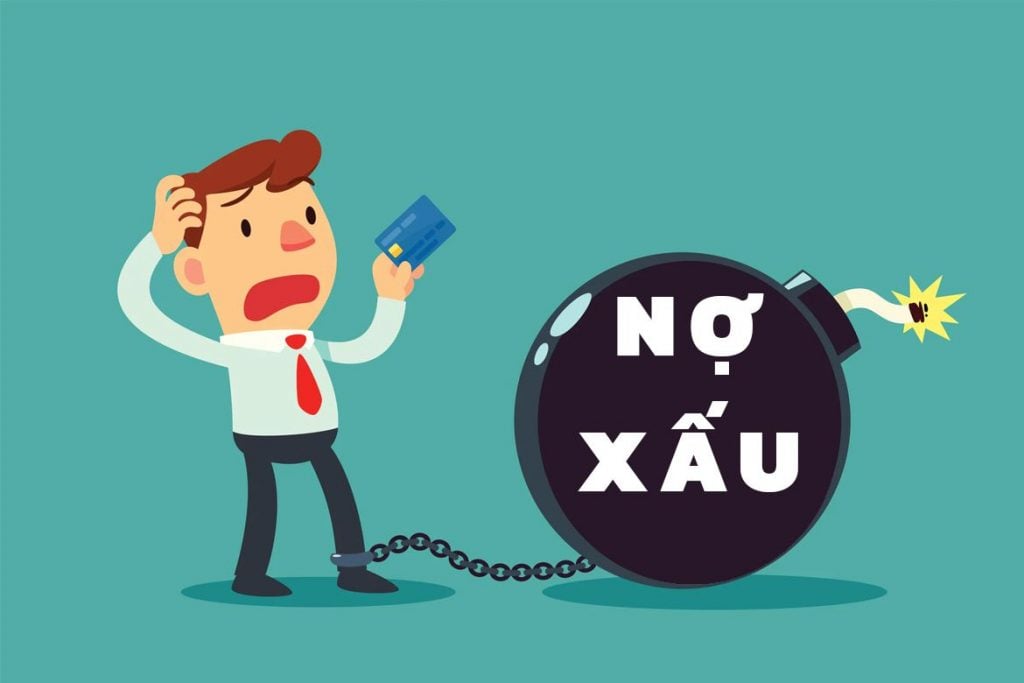
Illustration
What is Bad Debt?
Bad debt, also known as Non-Performing Loan (NPL), refers to debts that borrowers are unable to repay on time, specifically those that are overdue by more than 90 days from the first due date. According to the State Bank of Vietnam (SBV), bad debts are not only those that are overdue but also include loans with a high risk of capital loss, affecting the bank’s ability to recover funds.
In Vietnam, bad debts are becoming a pressing issue that concerns both regulatory authorities and credit institutions (CIs). According to reports from the SBV, the ratio of on-balance-sheet bad debts in the banking system has increased to around 4-5% in recent years, mainly due to the impact of the COVID-19 pandemic and the global economic downturn. Banks have to make provisions for these bad debts, leading to reduced profits and limited ability to extend new loans.
The National Credit Information Center (CIC) – a unit under the SBV – is responsible for storing and managing the entire credit history of individuals and enterprises. You can access CIC to inquire about your credit information for free, helping you understand your debt situation. Bad debts are not only a financial burden but also affect your credit score, making it difficult to access low-interest loans from commercial banks. In the context of high inflation and deposit interest rates as they are now, understanding bad debts helps individuals and businesses plan their finances more sustainably and avoid the risk of bankruptcy or losing collateral.
Classification of Bad Debts
According to Circular No. 02/2013/TT-NHNN (amended and supplemented), CIC classifies debts into 5 groups based on overdue periods and recoverability. Groups 3 to 5 are considered bad debts, with increasing levels of risk.
Below is a detailed breakdown of these groups:
| Group | Group Name | Overdue Period | Loan Consideration Period |
|---|---|---|---|
| Group 1 | Standard Debt | Up to 9 days | Immediate |
| Group 2 | Debt for Attention | 10 – 29 days | After 12 months |
| Group 3 | Substandard Debt | 30 – 89 days | After 5 years |
| Group 4 | Doubtful Debt | 90 – 179 days | After 5 years |
| Group 5 | Loss Debt | 180 days or more | After 5 years |
- Group 1 (Standard Debt): Includes loans that are still within the term or overdue for no more than 9 days, with the bank’s assessment that the full principal and interest can be recovered. This is the ideal group, helping to maintain a good credit score.
- Group 2 (Debt for Attention): Loans overdue between 10 and 90 days, or restructured for the first time but still within the term. This group serves as a warning sign, requiring borrowers to monitor their debts closely to prevent them from turning into bad debts.
- Group 3 (Substandard Debt): Loans overdue for 30-89 days, or restructured for the first time with an overdue period of less than 29 days, including those granted interest relief due to financial difficulties. This is the first level of bad debt, affecting the ability to obtain new loans for the next 5 years.
- Group 4 (Doubtful Debt): Loans overdue for 90-179 days, or restructured for the first time with an overdue period of 30-90 days. The bank begins to doubt the recoverability and usually takes stronger measures such as debt enforcement.
- Group 5 (Loss Debt): Loans overdue for more than 180 days, or restructured multiple times and still overdue. This is the most severe level, which can lead to a total loss of capital and even legal proceedings.
This classification helps banks effectively manage risks and also warns borrowers about their financial situation.
Causes of Bad Debts
Bad debts often stem from shortcomings in personal or corporate financial management, combined with external factors. Some of the main causes include:
Firstly, late credit card payments or failure to pay the minimum required amount. For example, if you only pay a small portion instead of the full balance, penalty interest will accumulate quickly, pushing the debt into the bad debt group.
Secondly, failure to pay penalty fees for late loan payments. Many consumer or credit borrowers overlook these small fees, but they can multiply over time, especially in a high-interest-rate environment.
Thirdly, loss of repayment ability due to unexpected events such as job loss, illness, or economic downturns. Overdrafts and installment purchases are also prone to this situation if income decreases.
Lastly, legal disputes, such as contract disputes or bankruptcy, which prevent the borrower from repaying the debt.
According to statistics from CIC, about 30% of bad debts come from small and medium-sized enterprises due to poor management. Regardless of the cause, bad debts have serious consequences, such as the forced sale of collateral, a decrease in credit score, and difficulties in accessing capital in the future.
3 Fastest Ways to Check Bad Debts
Checking bad debts is an important step not only for banks but also for individuals and businesses. For banks, according to SBV regulations, they only provide credit to customers with a clean history, avoiding the risk of capital loss. Inquiring through CIC helps banks make accurate assessments and ensure the safety of the system.
For borrowers, in the context of economic difficulties, bad debts can disrupt production and business activities. Regular checks help keep track of debt situations and allow for timely solutions such as debt restructuring or finding alternative sources of capital. If you don’t check, you may be suddenly denied a loan, leading to missed business opportunities or emergency spending.
Moreover, checking bad debts helps individuals and businesses choose appropriate financial solutions, such as borrowing from banks at lower interest rates instead of resorting to expensive sources of capital. In the long run, maintaining a good credit history increases the chance of accessing preferential financial products, supporting personal economic development.
Checking through the CIC website
Step 1: Visit https://cic.gov.vn/#/register and fill in your information: full name, date of birth, phone number, email, ID card/CCCD number, date of issue, place of issue, gender, ID card/CCCD photo (front and back), portrait photo, address, province/city, district/ward/commune. Create a password and confirm.
Step 2: Enter the OTP sent to your phone and click Continue.
Step 3: Wait for CIC staff to contact you to verify your information.
Step 4: Receive login information (username and password) via SMS or email.
Step 5: Log in at https://cic.org.vn and go to the Personal Information section to check your credit history.
Checking through the CIC mobile app
Step 1: Download the CIC app on Android or iOS and register an account following the instructions.
Step 2: Log in after your account has been approved (usually within 1-3 days).
Step 3: Use the bad debt inquiry feature as guided.
Step 4: View the inquiry results directly in the app.
Checking through a bank
For this method, individuals who want to check their bad debt status can go directly to the bank/credit institution that provided the loan and provide their ID card/CCCD. The bank/credit institution will then check and inform them whether they have any bad debts, as well as the total amount and details of the debts.
“A Challenging Road Ahead: Tackling Bad Debt”
The latest bad debt situation in the banking industry paints a more optimistic picture, with a significant slowdown in growth, reflecting the banks’ efforts to manage their asset quality. While the industry-wide non-performing loan ratio remains higher than pre-pandemic levels, the trend is heading in the right direction. This indicates that although challenges persist, the banks’ strategies to tackle bad debt are showing signs of success.
Sacombank Offers a Generous Gift: Up to 600,000 VND for Customers Who Install the Payment Speaker
Let me know if you would like me to tweak it further or provide additional suggestions.
From now until the end of October 2025, Sacombank is offering a special cash-back program for individual and business customers who adopt its innovative soundbar payment solution. This initiative aims to encourage a shift towards a cashless society by incentivizing customers to embrace this modern and convenient payment method.










